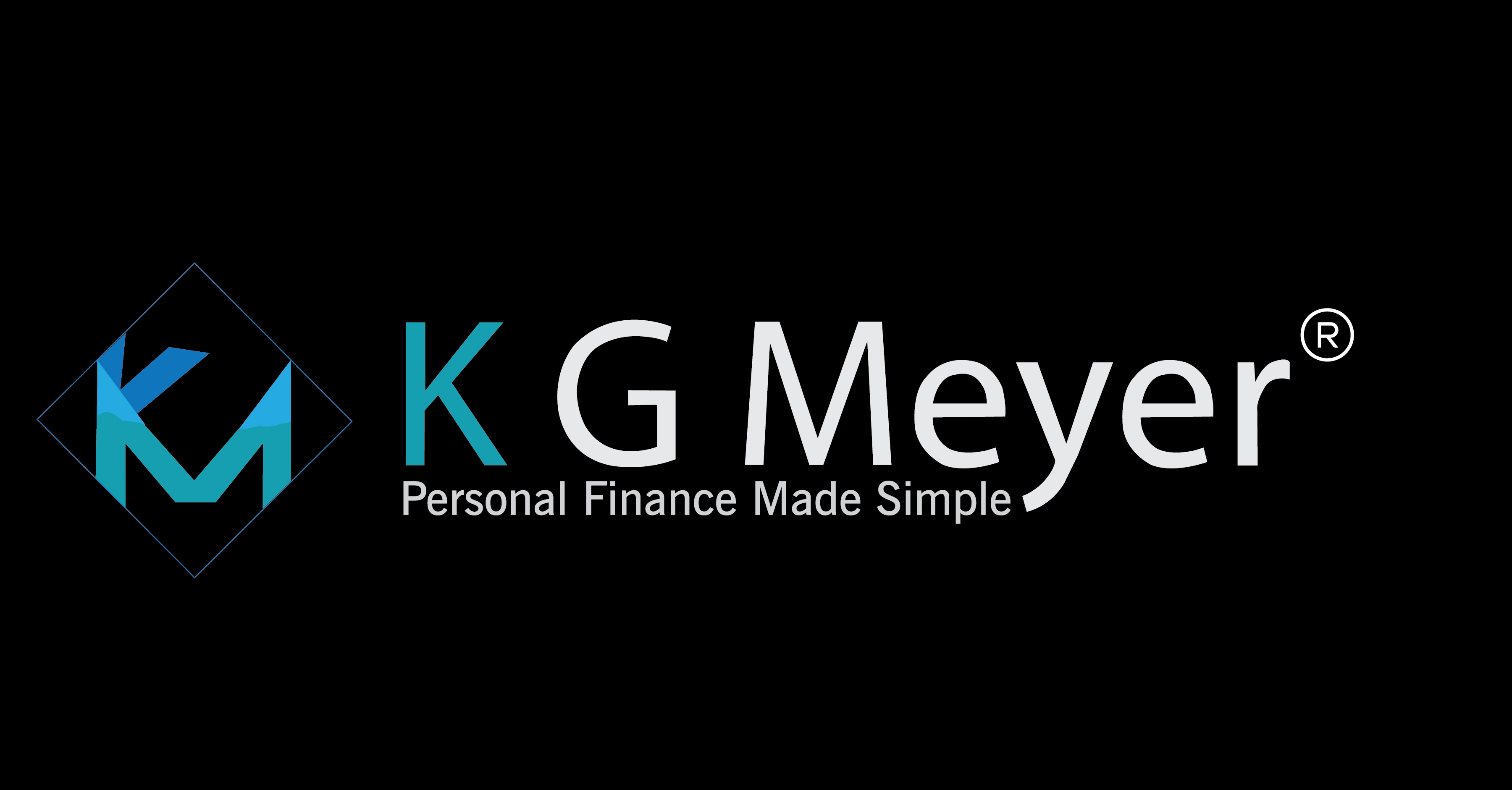Individuals with problematic credit histories often suffer unfairly from high mortgage, insurance, and car loan rates need to understand, “Bad Credit” Credit Cards: How You Can Avoid High Fees. On top of that, they have difficulty getting approved for credit cards. The whole situation can get extremely frustrating. Frequently, I get emails from consumers wondering what they can do to rebuild their credit. The first thing I tell them is to get a credit card designed for people with bad credit. The second thing I tell them is written in bold: READ THE FINE PRINT.
There are only a limited number of credit cards for individuals with bad credit. At first glance, many look the same. They all help build and rebuild your credit by reporting to the major credit bureaus every month. They all provide you with the Visa or Mastercard you need to make any purchases. And they are all necessary evils that can save you thousands of dollars in mortgage and car loan rates in the future. However, you must read the fine print before applying for one of these credit cards, as they often charge high yearly fees, setup fees, and even monthly fees. Here, I will examine a few examples of charges current “bad credit” credit cards bury in the fine print. Of the three major cards I will examine, only one stands out as consumer-friendly.
If you have bad credit you can visit Experian’s website to see a list of recommended cards. Simple go to Experian Credit Cards for Bad Credit,
Bad Credit Card Examples
“Bad Credit” Credit Card #1: This credit card charges a very low-interest rate for an unsecured credit card. However, your first fine print glimpse reveals that there is a one-time setup fee of $29. Not too bad. So far, the next charge is a one-time fee of $95. So far, we’re up to $124 in expenses. That’s got to be it, right? No. Add in another $48 for the annual fee and $6 per month in account maintenance fees. That brings your new credit card’s cost to $244 the first year and $120 each additional year. This is no small change, and a card such as this should be considered only if you cannot be accepted for a better-unsecured credit card for bad credit.
“Bad Credit” Credit Card #2: This credit card charges a very high-interest rate for an unsecured credit card. This can’t be good. But the setup fee is only $29. Maybe this card isn’t so bad. That pesky monthly maintenance fee of $6.50 per month brings the cost of this unsecured credit card to $107. Maybe we’ve found a bargain. Not quite. The annual fee is a whopping $150. Yes, $150 every year. That not only brings the initial cost up to $257, but you will also pay $228 a year to maintain the credit card. There has to be a better offer.
“Bad Credit” Credit Card #3: This credit card is available as both a secured and unsecured credit card, based on the issuer’s review of your credit history. The interest rate is average, even competitive. Now, the fine print reveals that there is a one-time setup fee. However, based on your credit, this fee can be as low as $0 or as high as $49. So far, so good, especially if your credit is not that bad. But there must be a huge annual fee. Not exactly. The annual fee for a secured credit card is only $35, and for an unsecured credit card, this fee can be as low as $39 or up to $79. So far, the cost of this card ranges from $35 to $128. Now it is time for the monthly maintenance fee. This one has to be huge. Or not. It is $0. That means the most you could be charged to obtain this credit card is $128, about half of what competing cards are charging.
There is a substantial difference between “bad credit” credit cards. Of the three offers we have examined, only one doesn’t take you to the cleaners. In fact, “bad credit” credit card #3 provides great value. All positive changes to your credit history and credit score will translate into lower loan rates, lower credit card interest rates, lower insurance rates, and ultimately, thousands of dollars in savings. The path to rebuilding credit has its costs, but in the long term, rebuilding your credit with a “bad credit” credit card is the fastest and most cost-efficient way to correct the often-unfortunate circumstances that have damaged your credit in the first place.
For a useful spreadsheet that can help you manage your debts and start you on the path of getting out of debt visit Debt Destroyer. If you need help with building your credit history back, budgeting, or any financial planning needs, consider a fee-only Registered Financial Consultant. KG Meyer, PC, is based in Nashville, Tennessee but can serve anyone who requires assistance.



